

Plant Profiles
Sunflowers
Helianthus spp.
Jolly sunflower, big and yellow, said, "I'm sure a lucky fellow." —Elizabeth Gordon
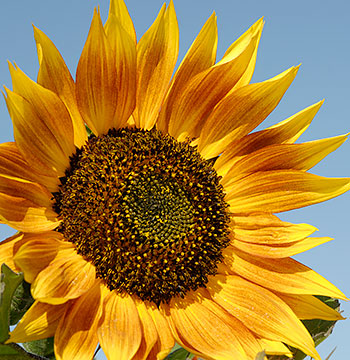
Ask a child to name the biggest flower he ever saw and he would probably shout out "sunflower." Ask a prairie aficionado for a list of the top ten prairie plants blooming now, and a sunflower will surely be on that list. And if you ask a perennial gardener what's that beautiful, double-yellow flower in his border, the one that looks like a dahlia, the response would be "the many-flowered sunflower." Sunflower power is blooming in gardens everywhere.
Sunflower Varieties
Helianthus annuus, the annual sunflower, is the mammoth-headed flower associated with the farmlands of the Great Plains—a plant cherished by the Native Americans for its seeds, its silage and later on, for its oil. There are dozens of different varieties of annual sunflowers, some 10 feet tall, others barely reaching 18 inches. The flower colors are startling in their beauty, with every shade of yellow plus brilliant orange, deep crimson, and pale creams named with such luscious flavors as 'Buttercream' and 'Chocolate'. The centers of the flowers range from majestic dark seedheads filled with tasty sunflower seeds to centers completely concealed by hundreds of petals.
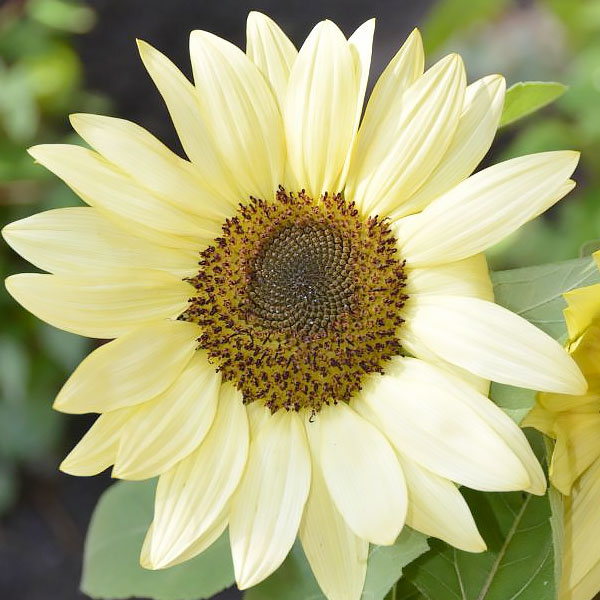
Helianthus annuus 'Buttercream'
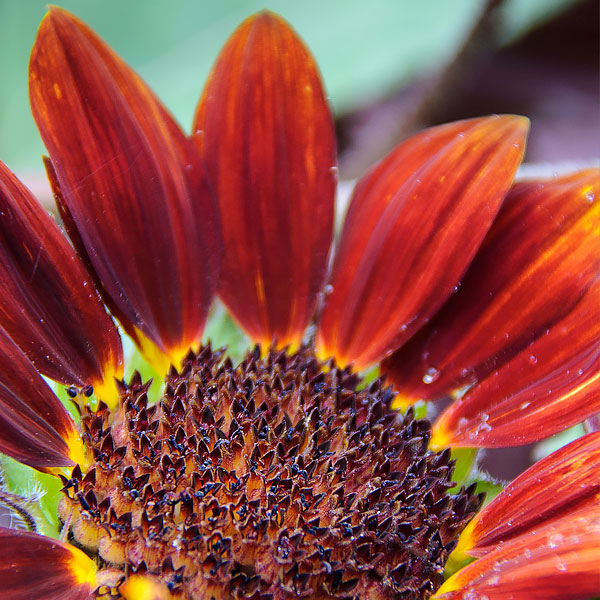
Helianthus annuus 'Chocolate'

Helianthus annuus 'Waooh'
Gone are the days when sunflowers were planted only by children or farmers or the unknowing cardinal who dropped his snack as he flew from the feeder. Hybridizers, recognizing the ornamental appeal of the sunflower, market it not only as a crop but as a bright, bold plant that produces long-lasting flowers, good for gardeners and good for the cut-flower industry.
Those who want to plant a bit of sunflower history in their gardens will find abundant inspiration in our prairie communities. Realizing that the average garden might not be able to accommodate many 10-foot plants, hybridizers developed strains that are shorter and multi-branching, with dozens of flowers. The flowers themselves are smaller, sometimes 3 to 4 inches across, but the plant might produce 50 of them! By developing the color palette to include combinations that resemble the setting sun or an artist's brushwork, the growers guaranteed the annual sunflower's popularity with gardeners keen on color.
The annual sunflower represents only one type of sunflower. There are others, ones that are a permanent part of our native prairie communities and bear little resemblance to their colorful cultivated cousins. The western sunflower (Helianthus occidentalis), the sawtooth sunflower (H. grosseserratus), and the prairie sunflower (H. laetiflorus var. rigidus), are three prominent perennials that brighten prairies with their late-season color.
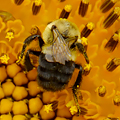
They—along with their constant companion plants of rattlesnake master, compass plant, goldenrod, coreopsis, and coneflower—are also responsible for the buzzing activity that characterizes prairies at this time of year, as bees, butterflies, and other industrious insects vie for valuable pollen. As surprised visitors discover in September and October, the prairie is a very noisy place.
Perennial gardeners, in search of back-of-the-border plants, favor the cultivars of Helianthus x multiflorus, the many-flowered sunflower. When tall (4- to 5-foot) plants with long-lasting, bright yellow flowers are needed, good choices include 'Flore Pleno' or 'Loddon Gold'. These varieties bloom from four to six weeks, providing bright lights well into early autumn.
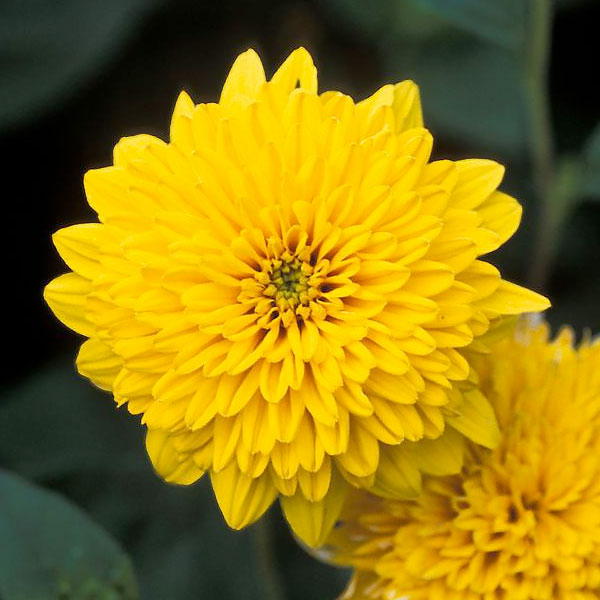
Helianthus x multiflorus 'Flore Pleno'

Heliopsis helianthoides var. scabra 'Summer Nights'
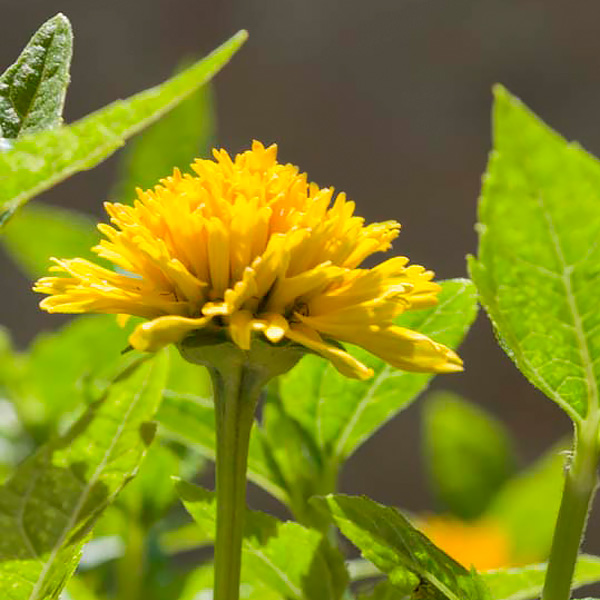
Heliopsis helianthoides var. scabra 'Asahi'
And finally, for the gardener who prefers a 3-foot perennial sunflower, how about the false sunflower, Helianthus helianthoides var. scabra 'Summer Nights'—a 3-foot plant with bright yellow-orange daisy-like flowers; or 'Asahi', whose blossoms that keep on coming for weeks are great for attracting birds and butterflies?

